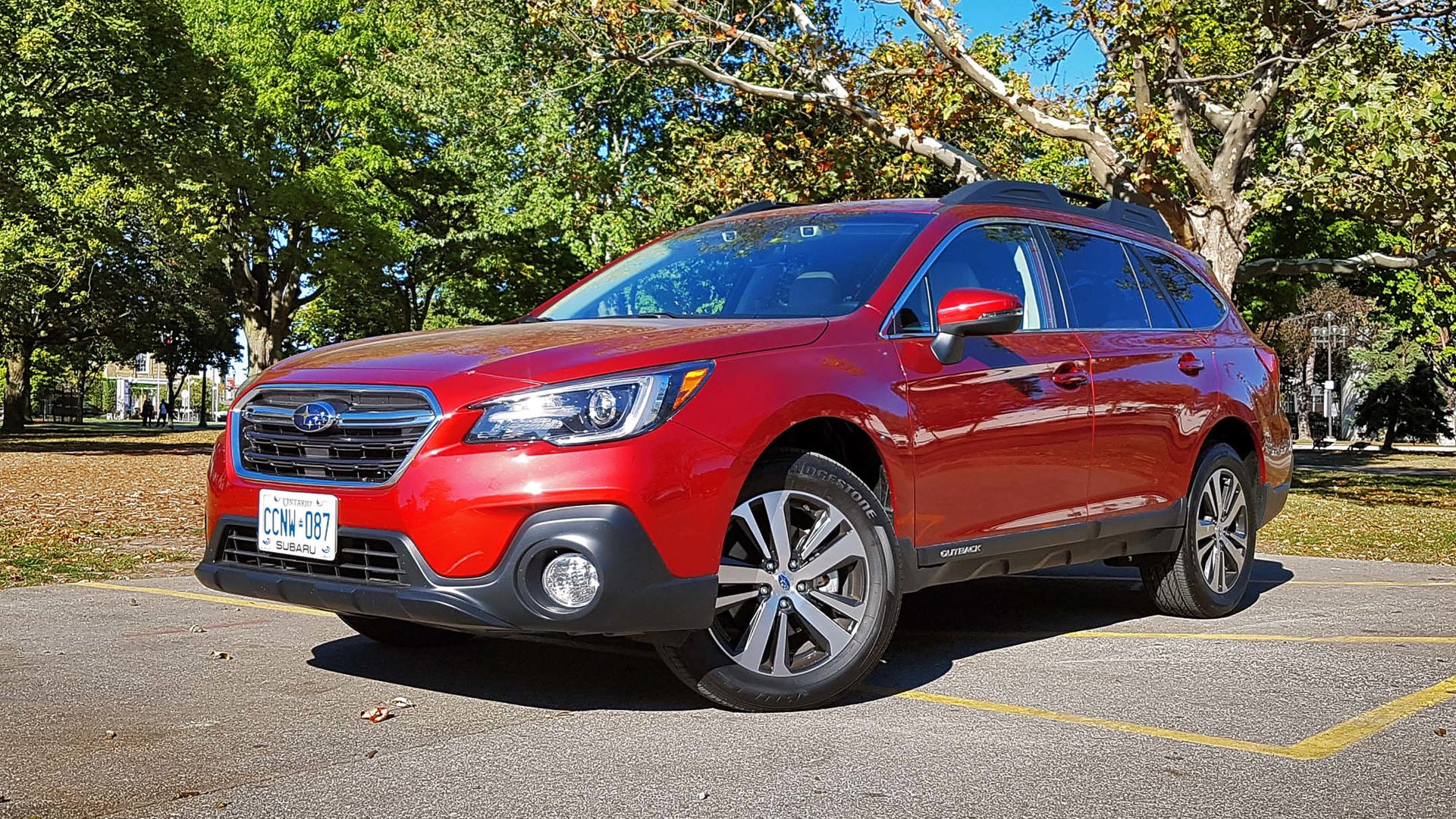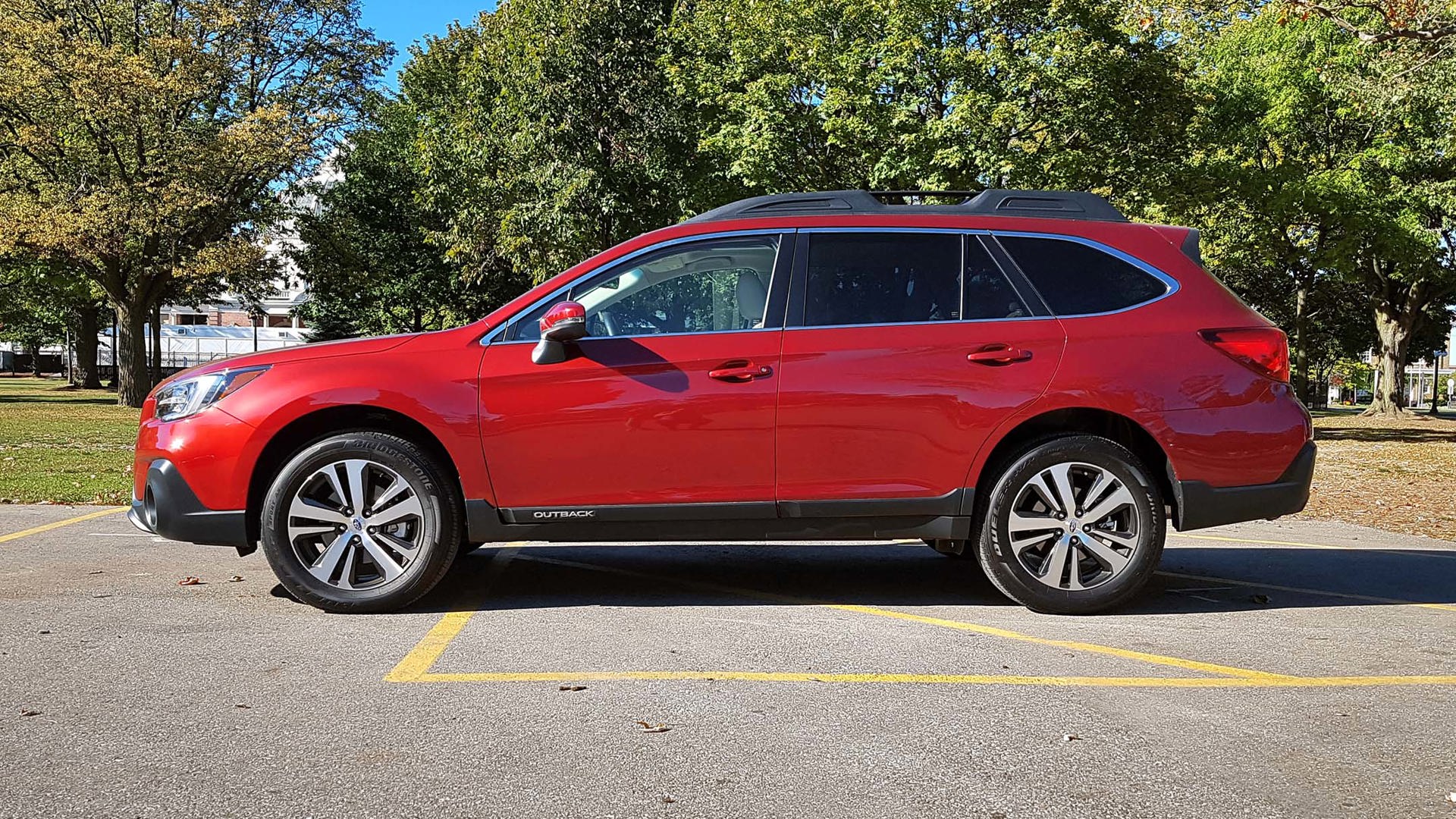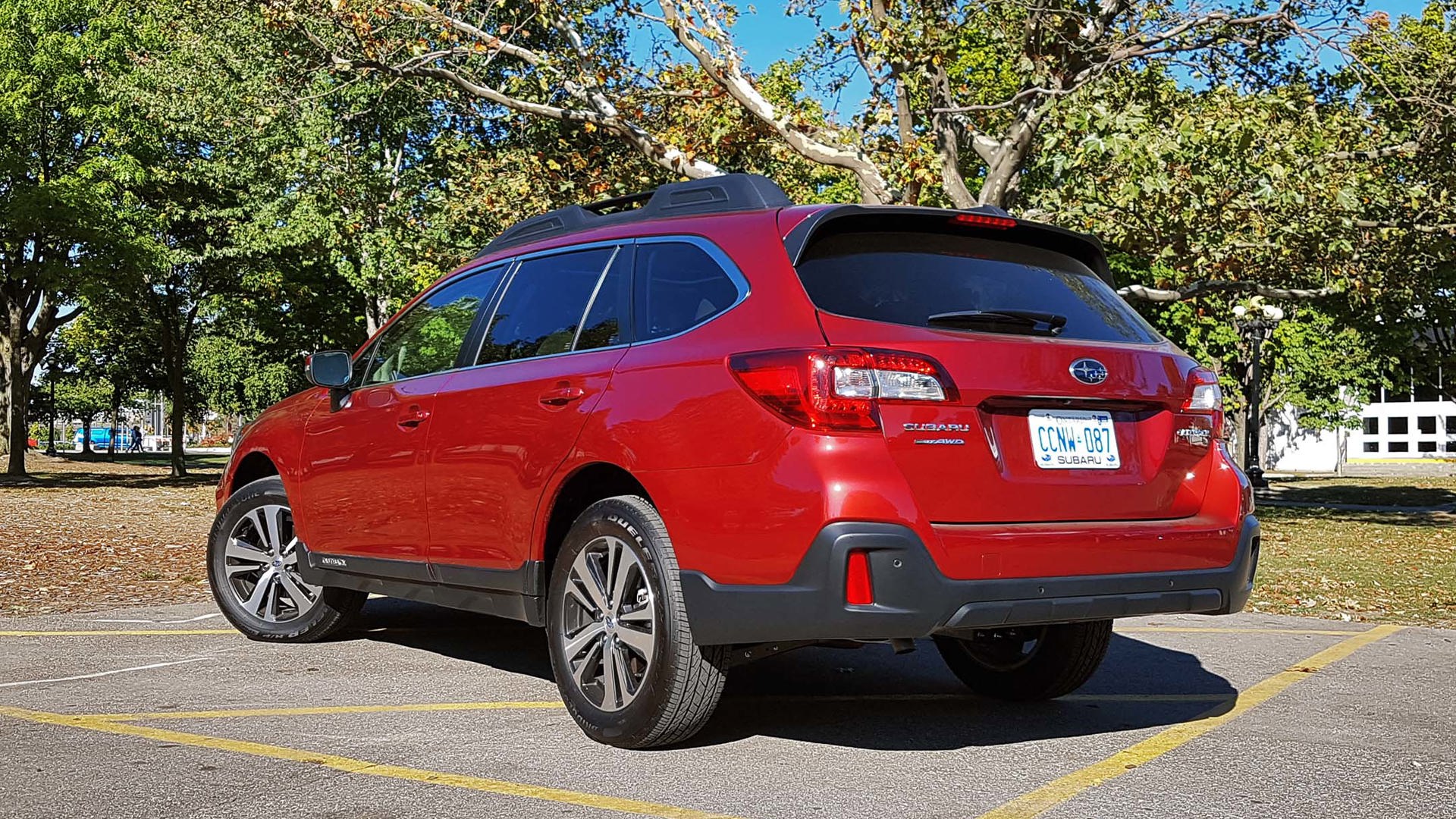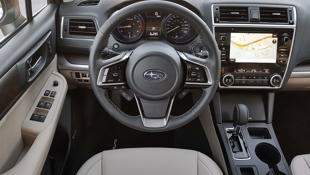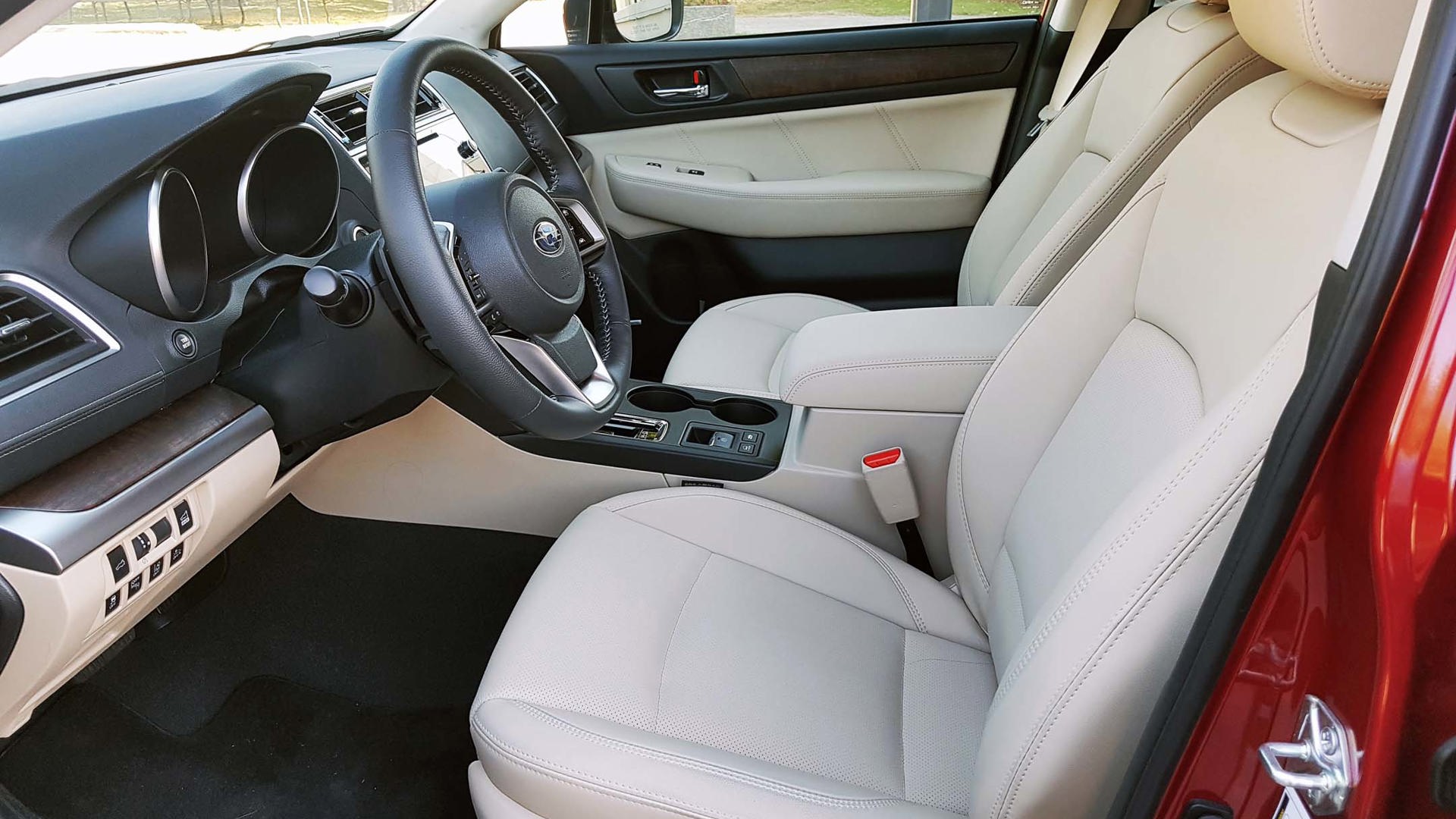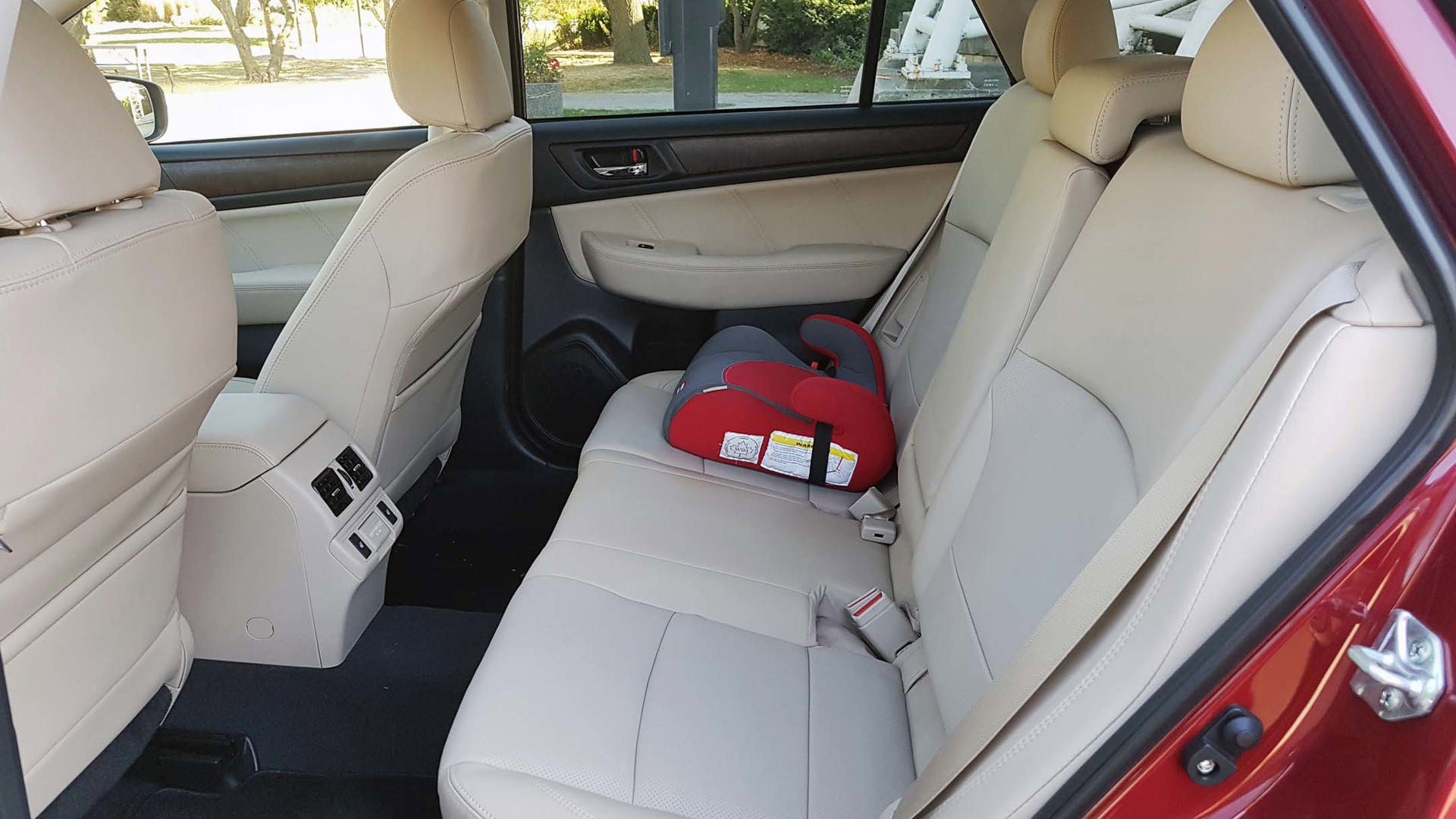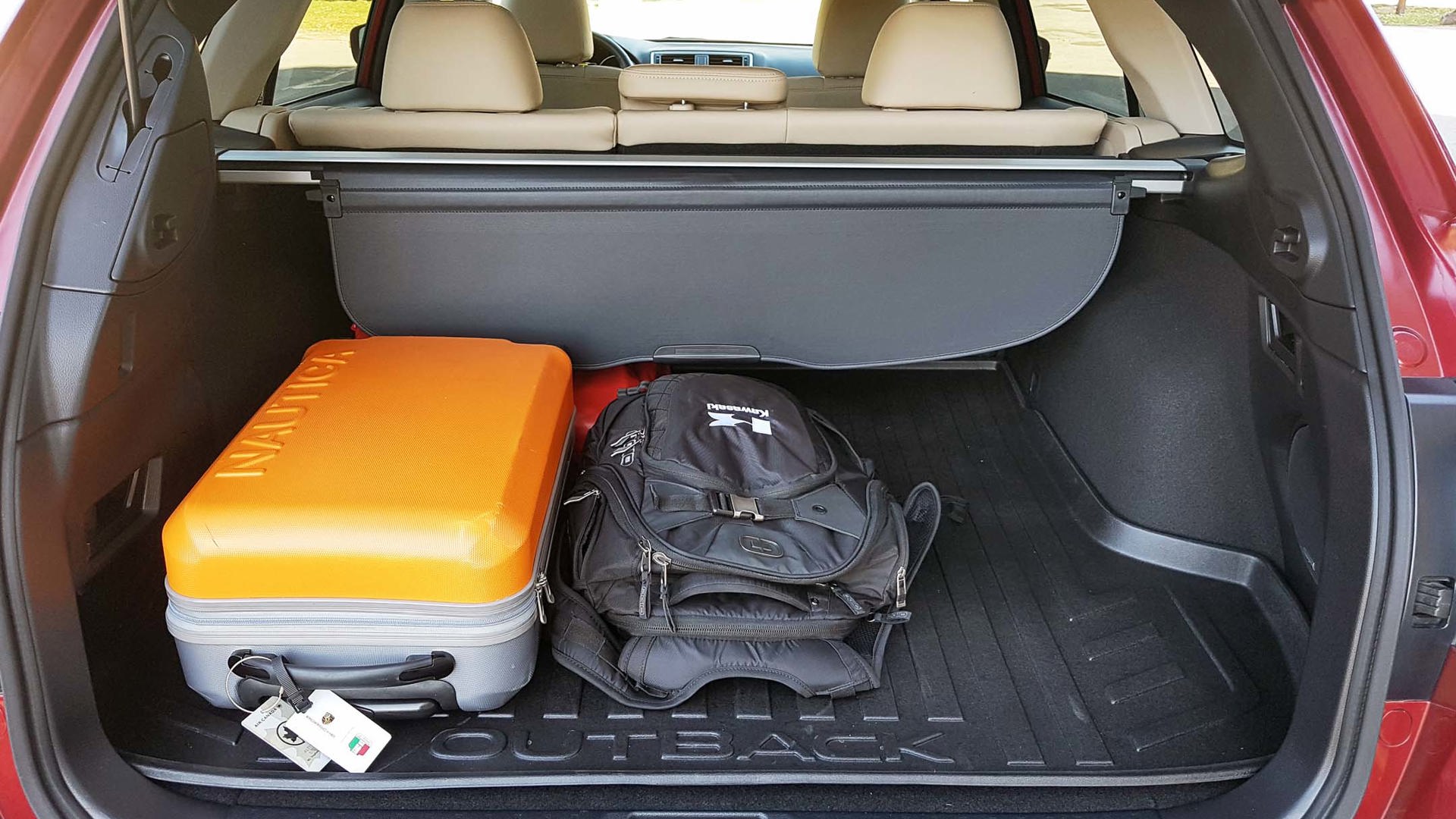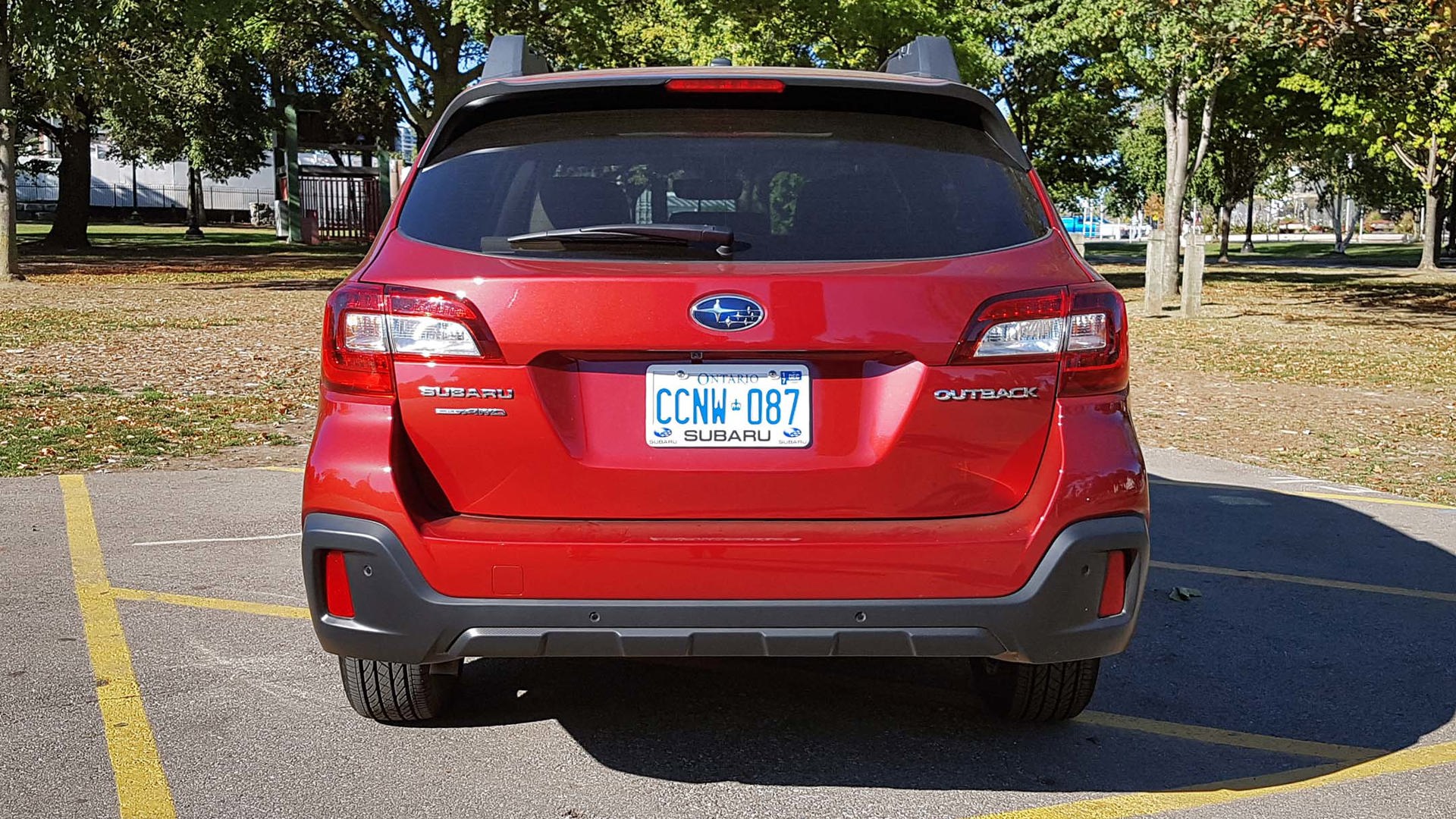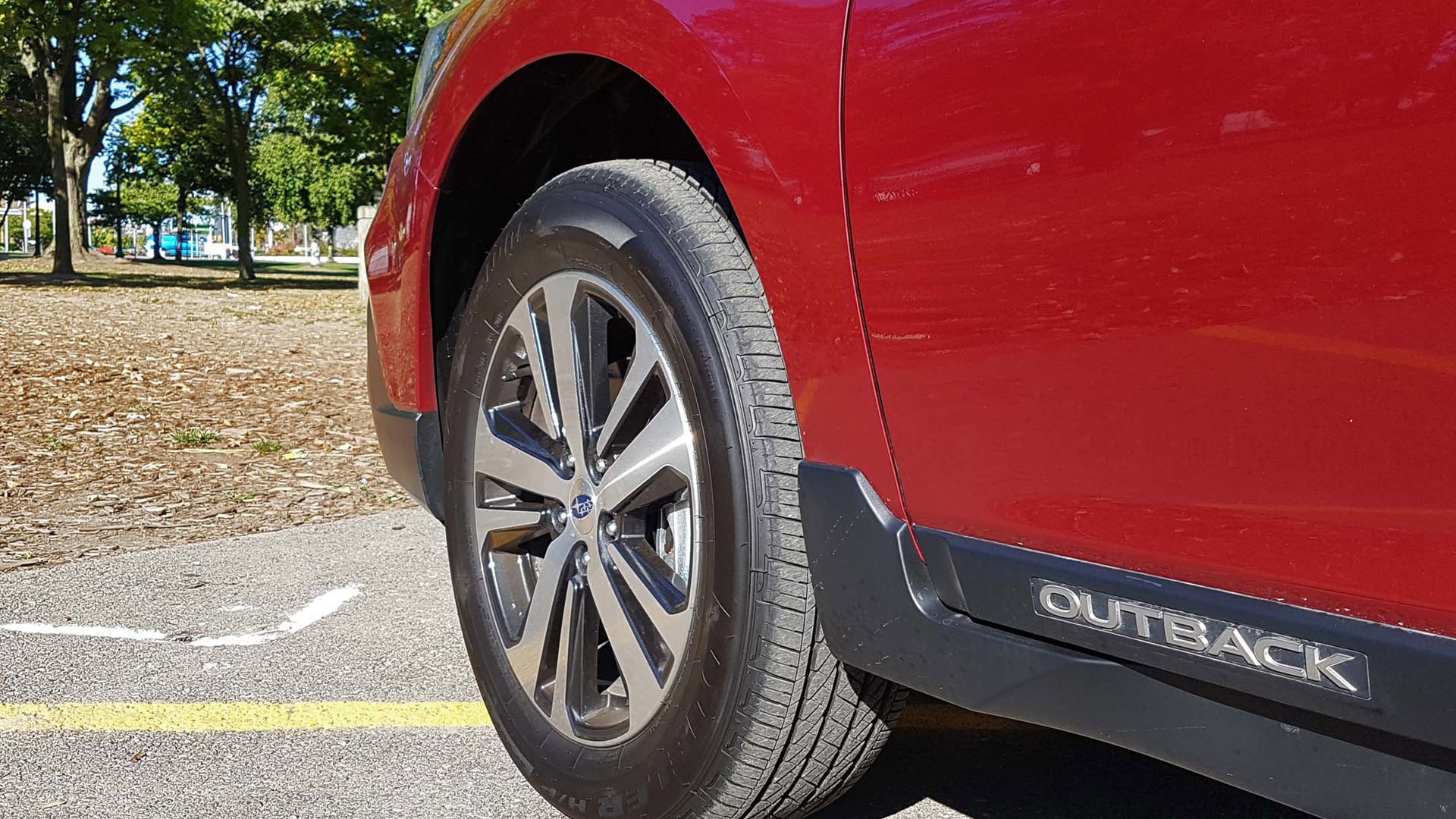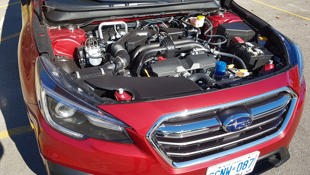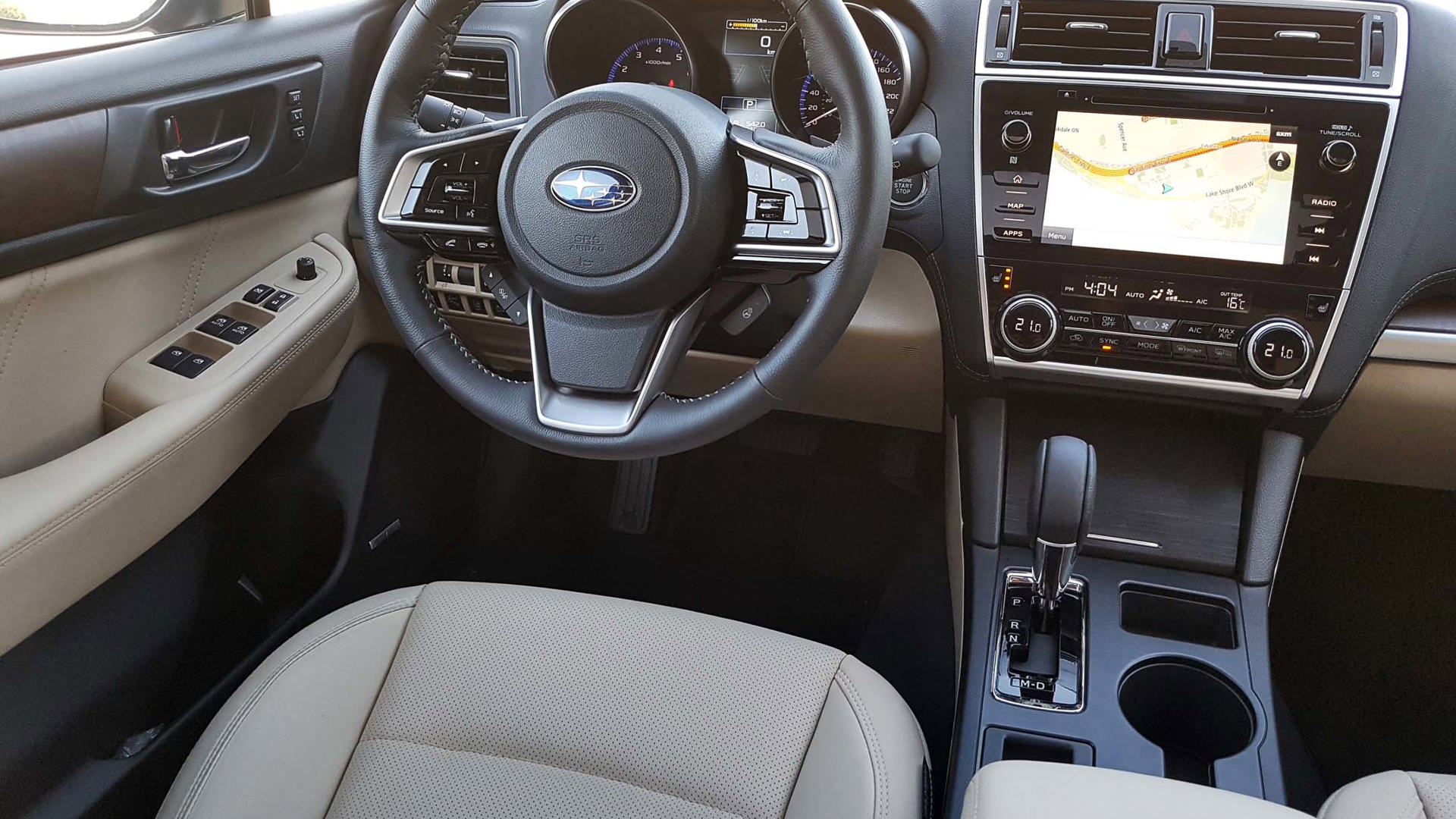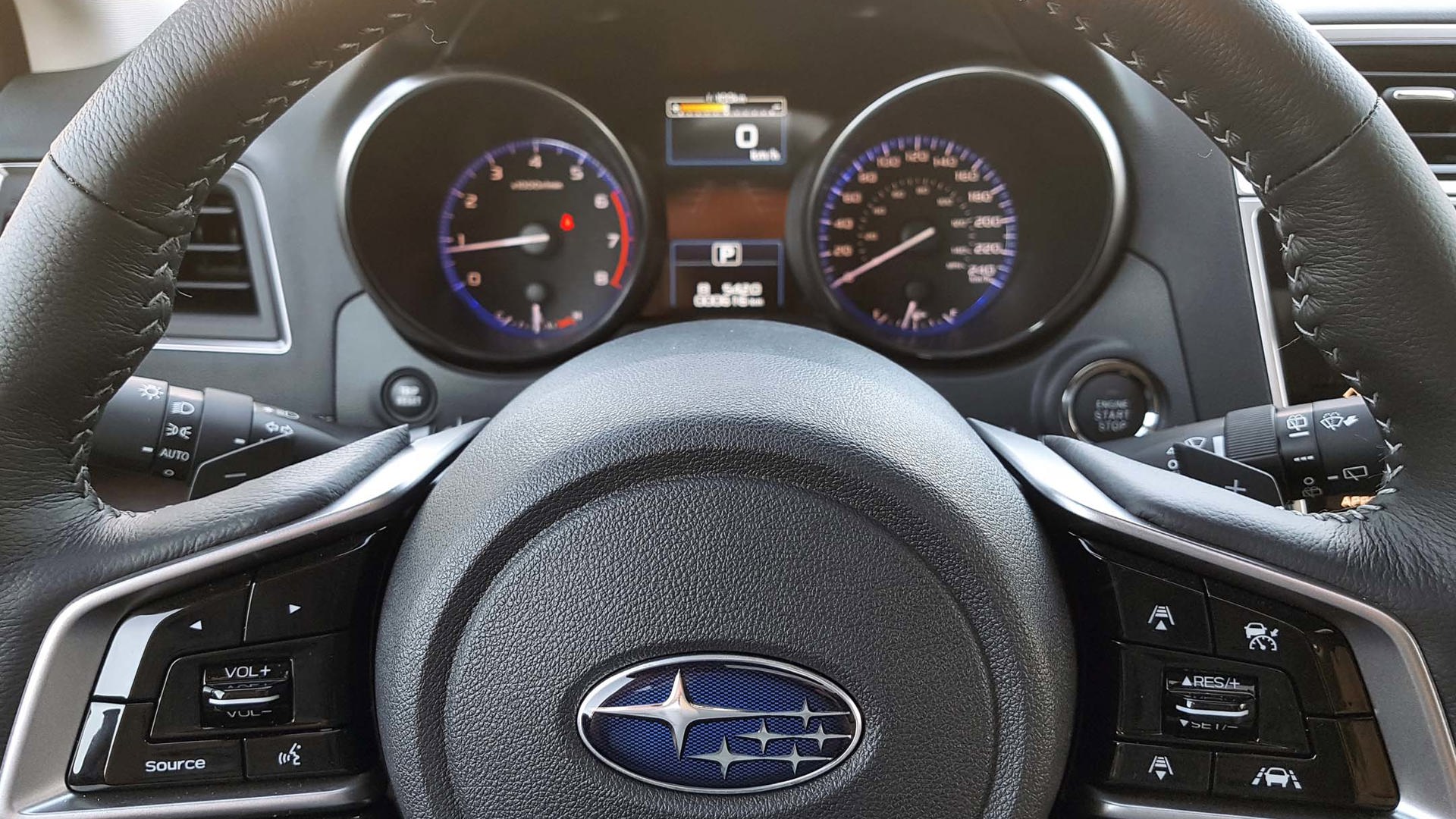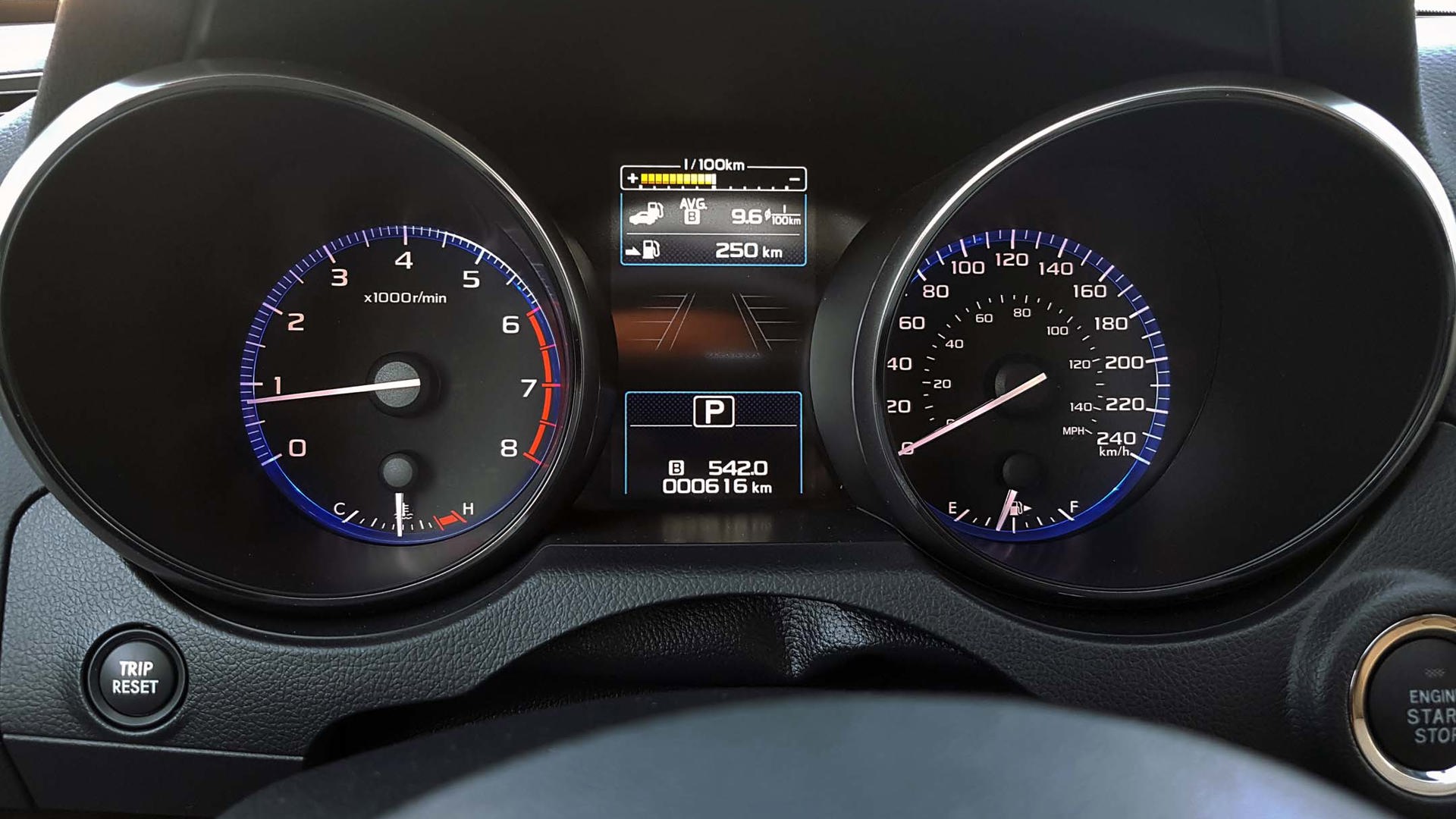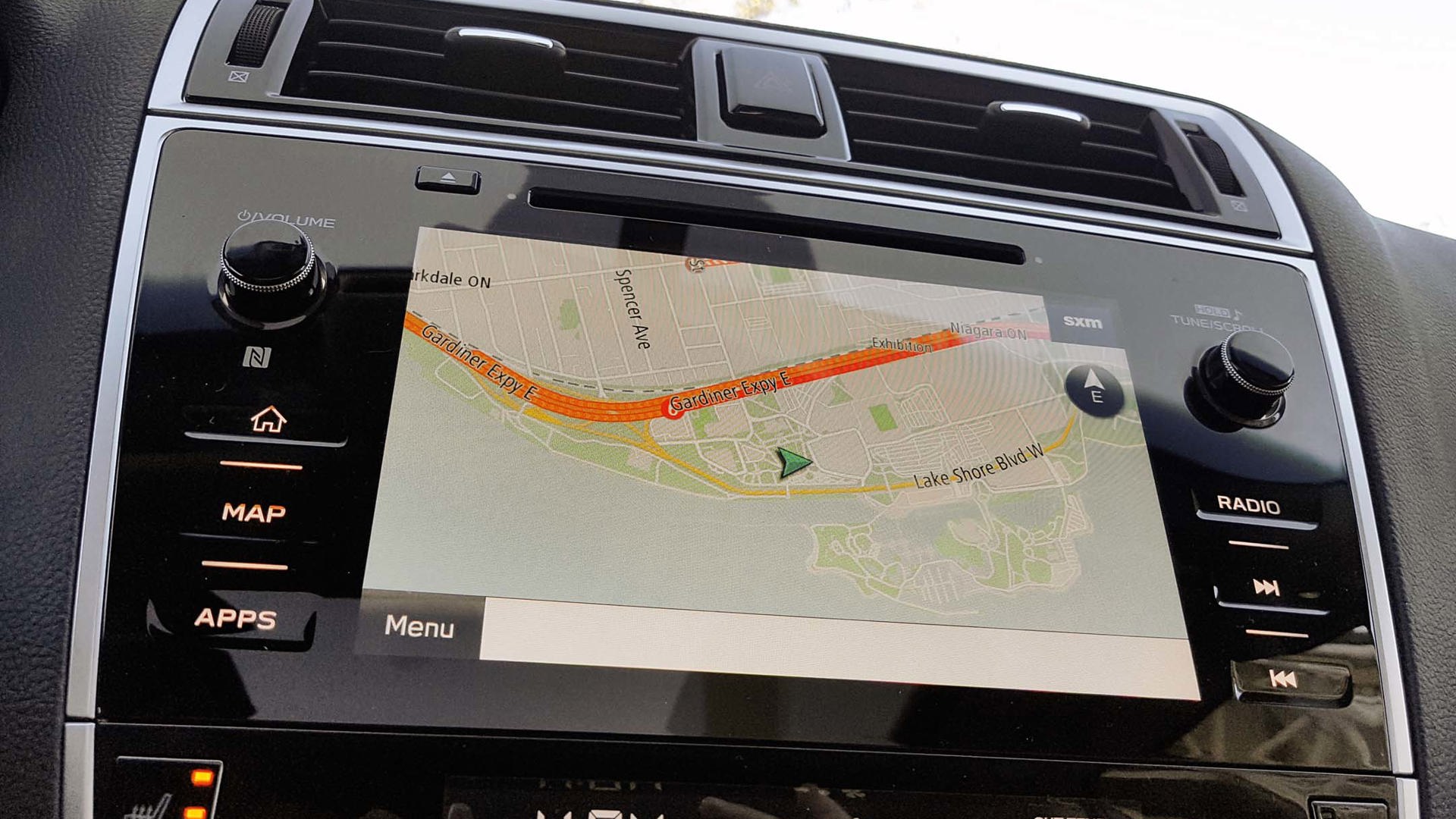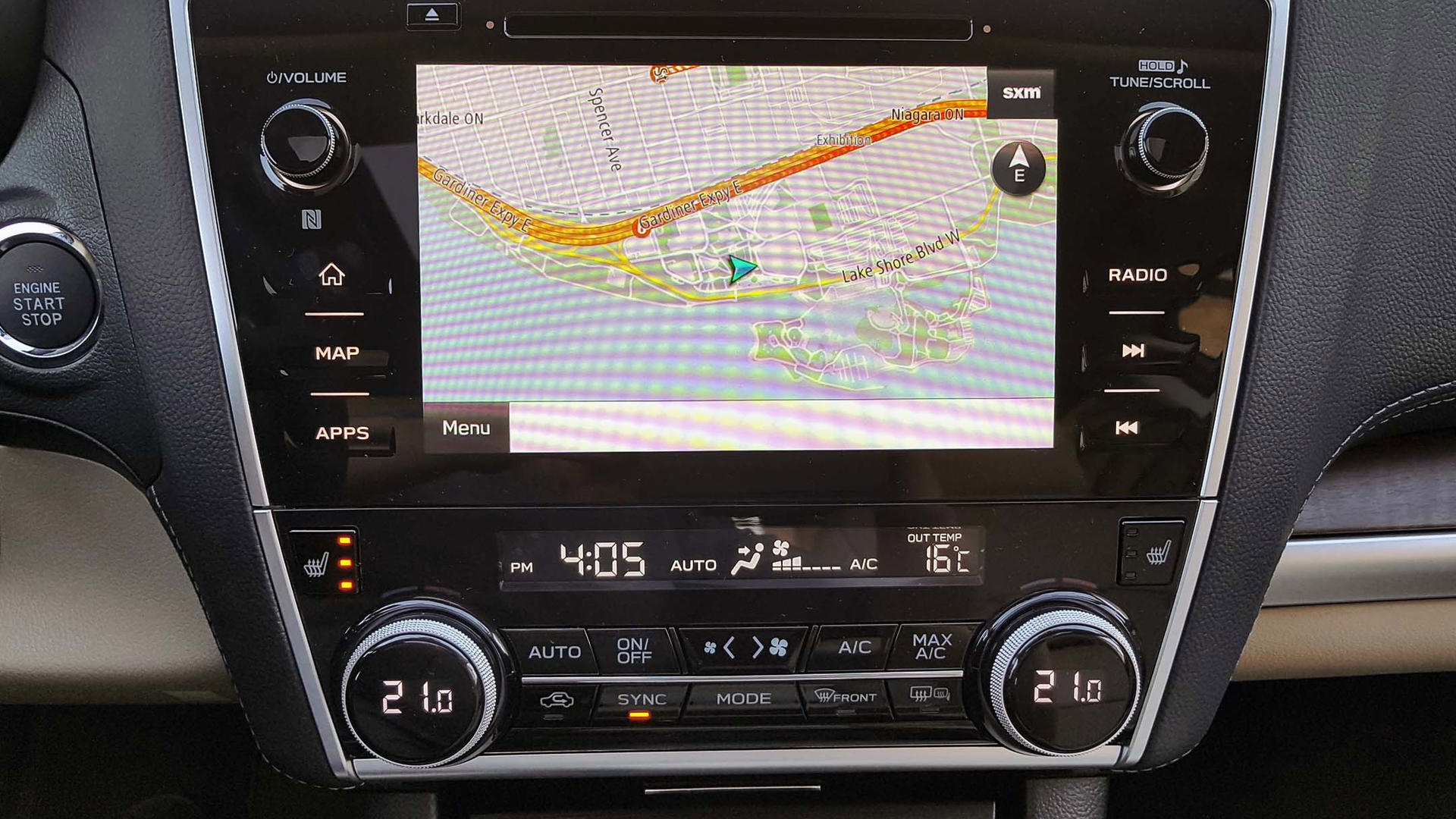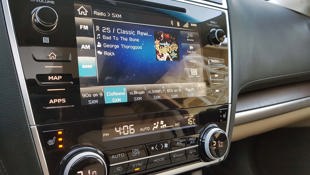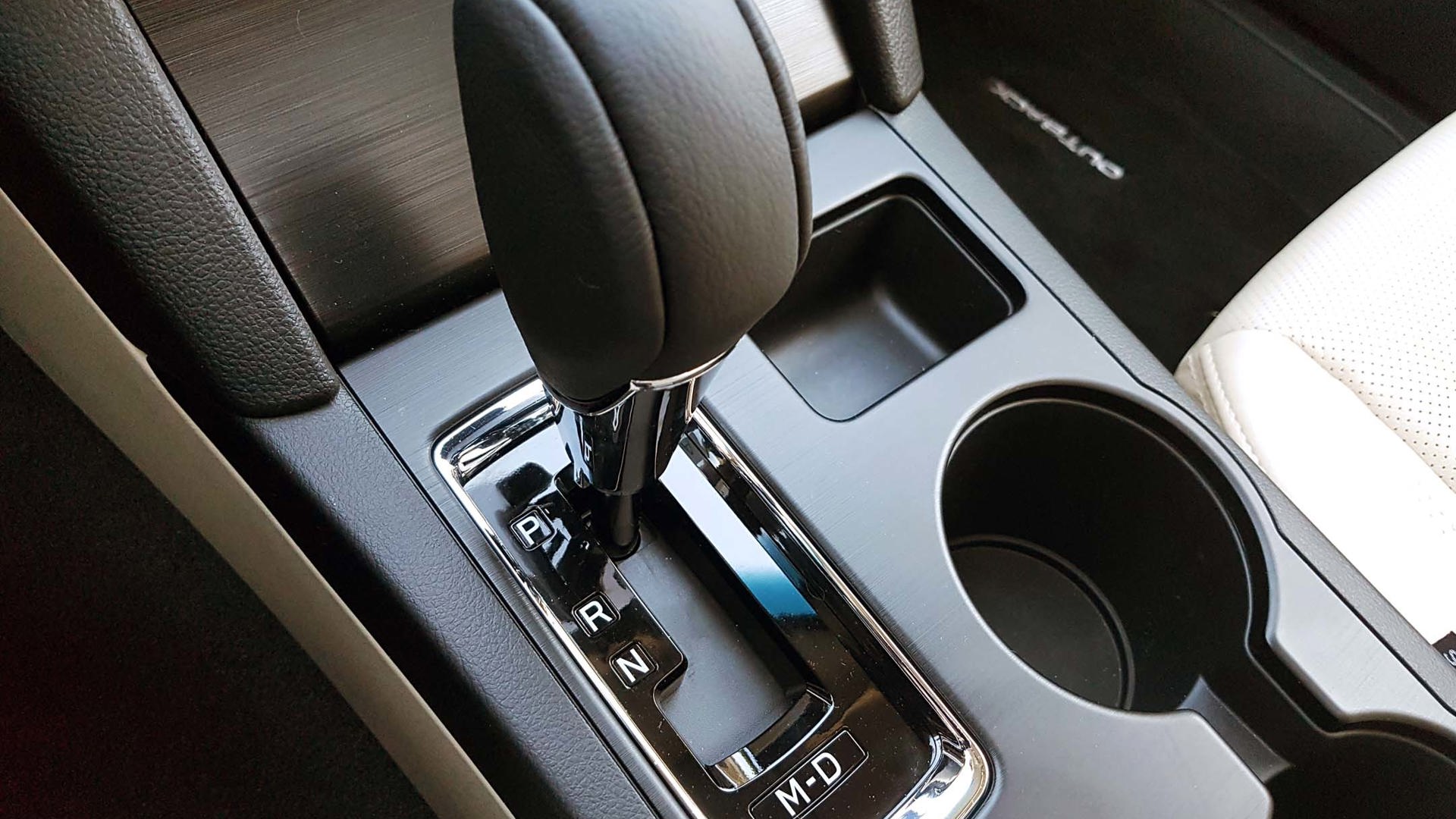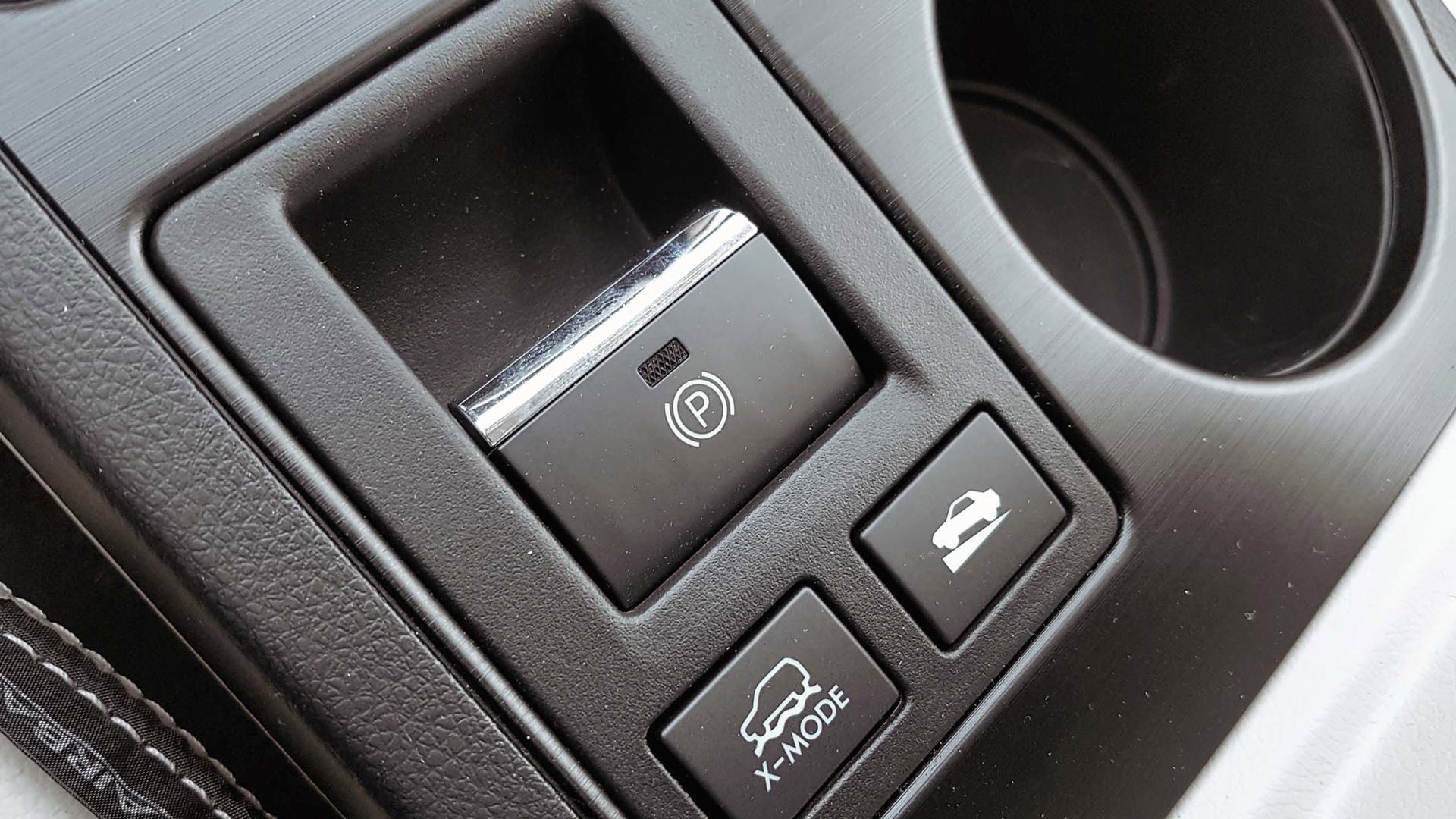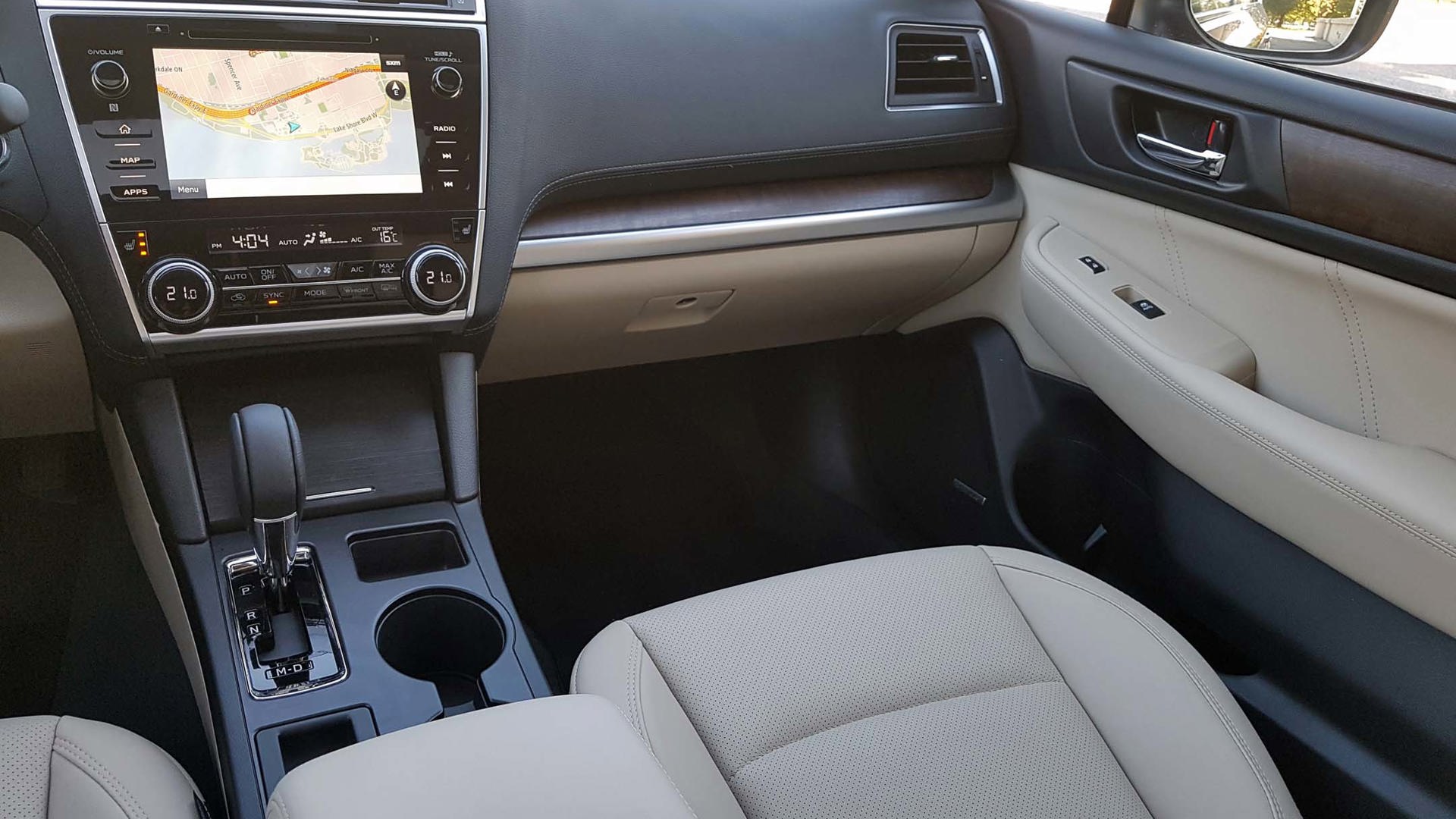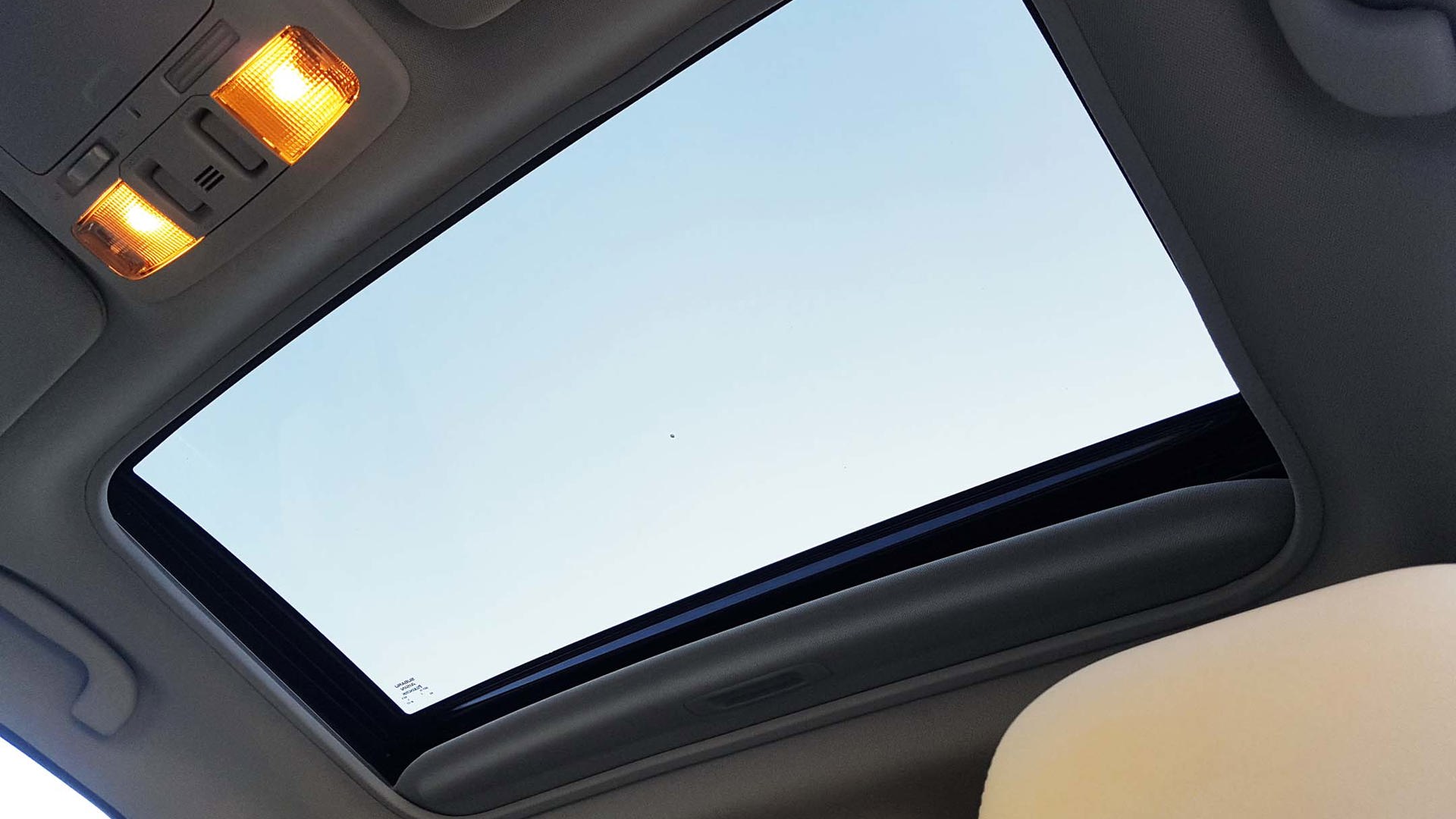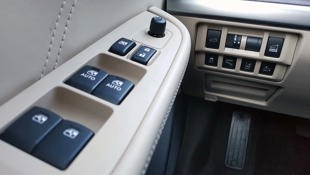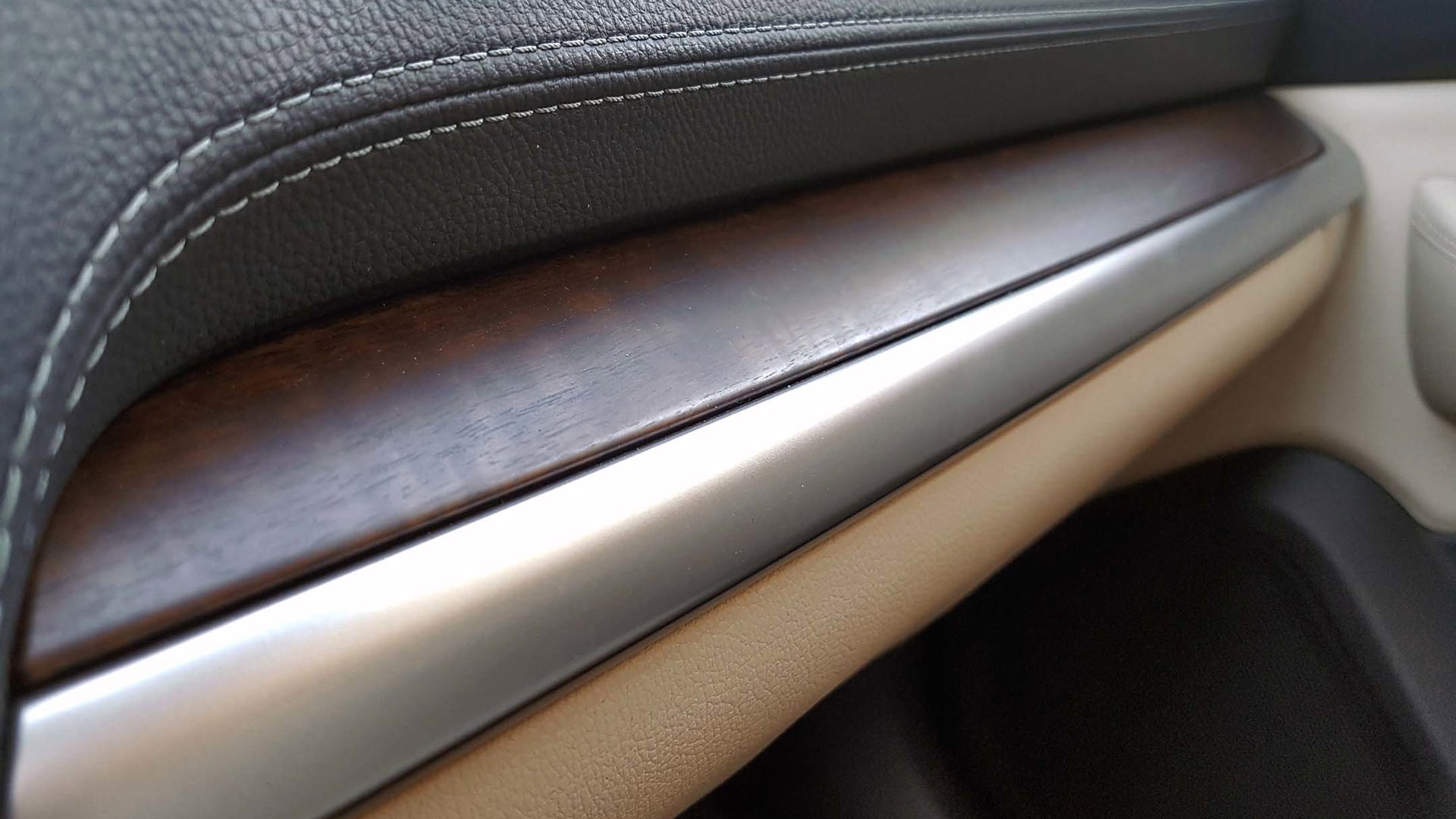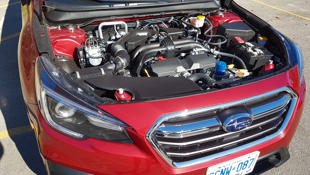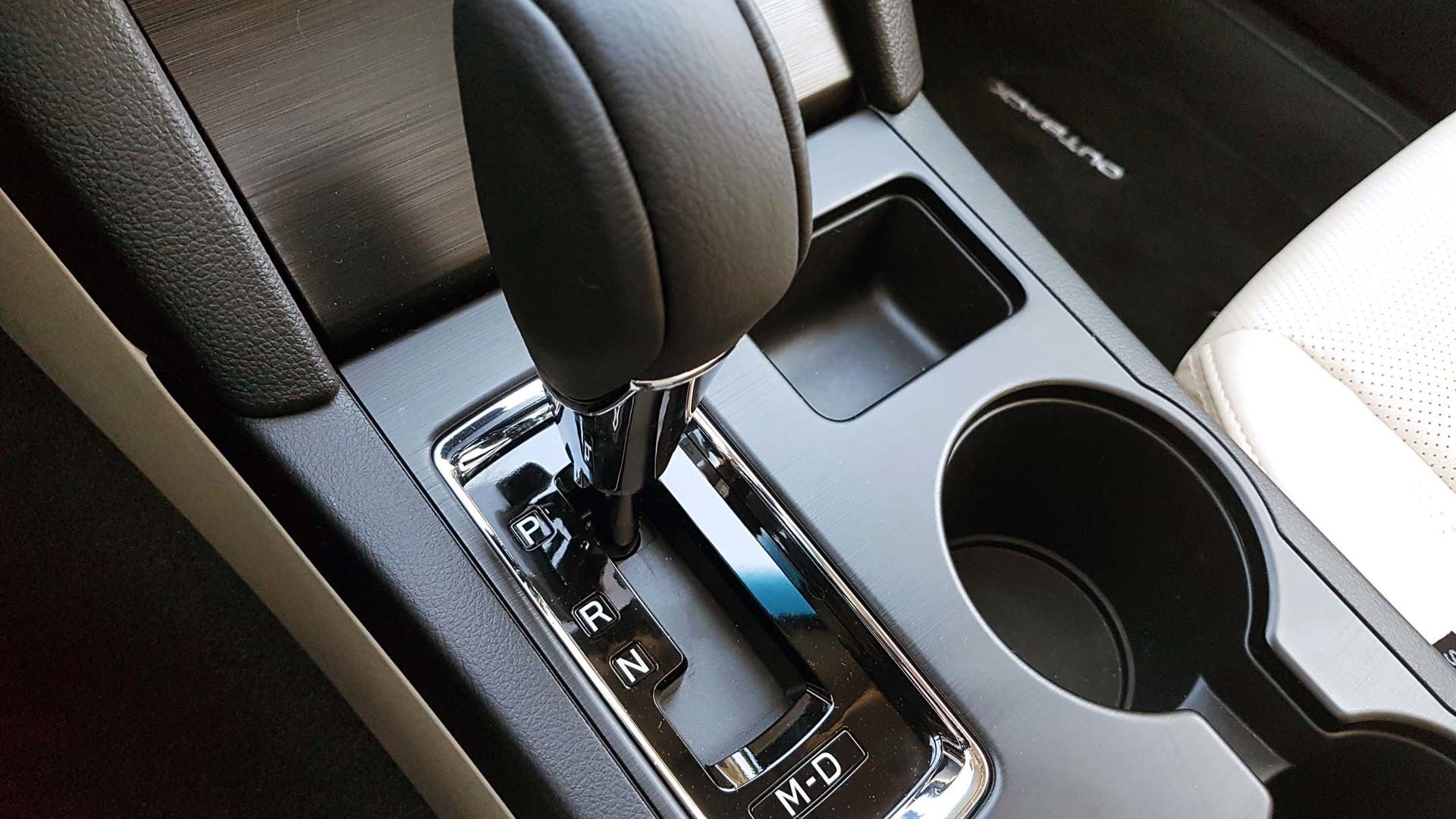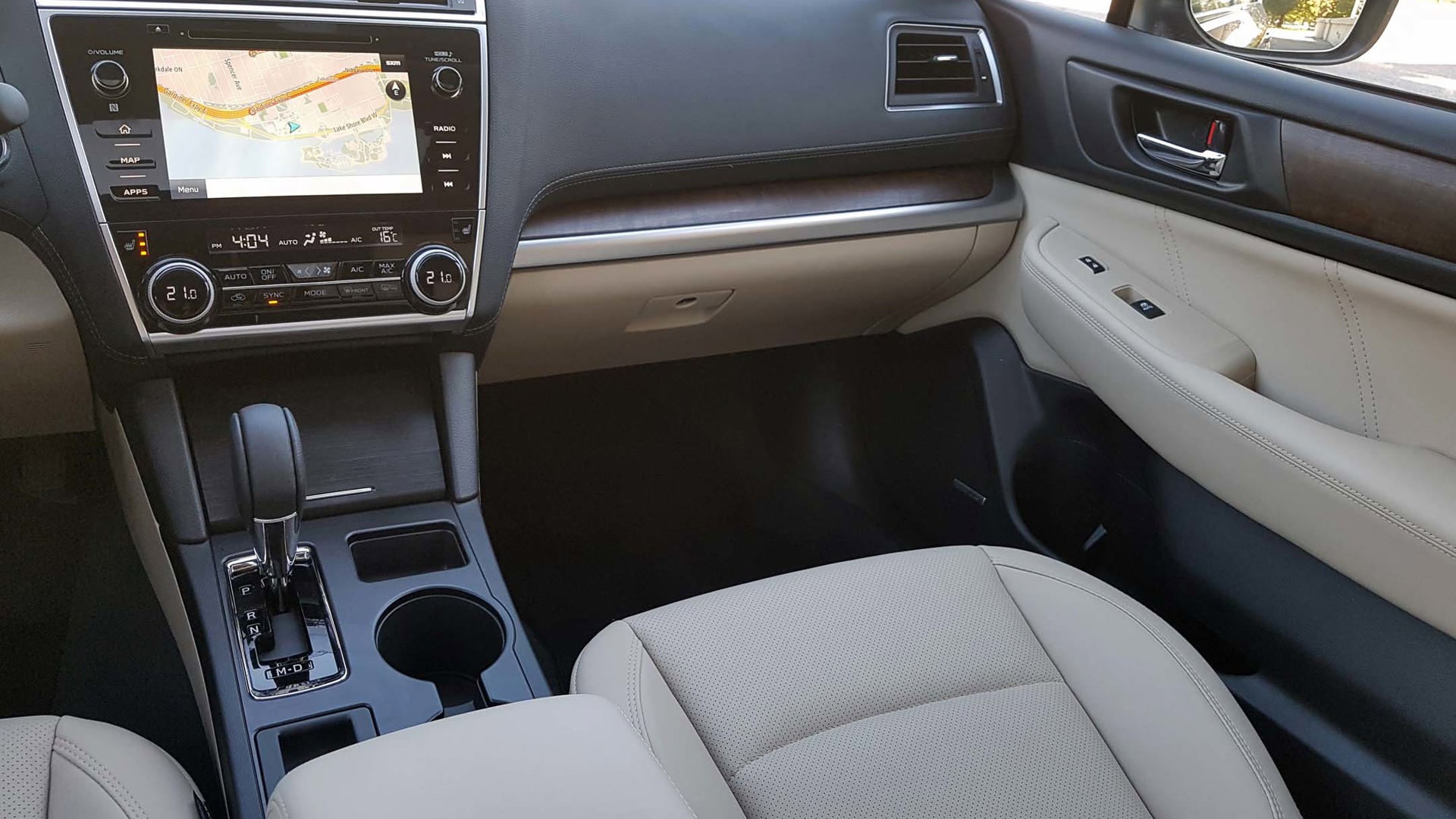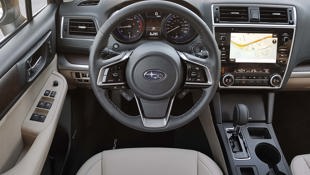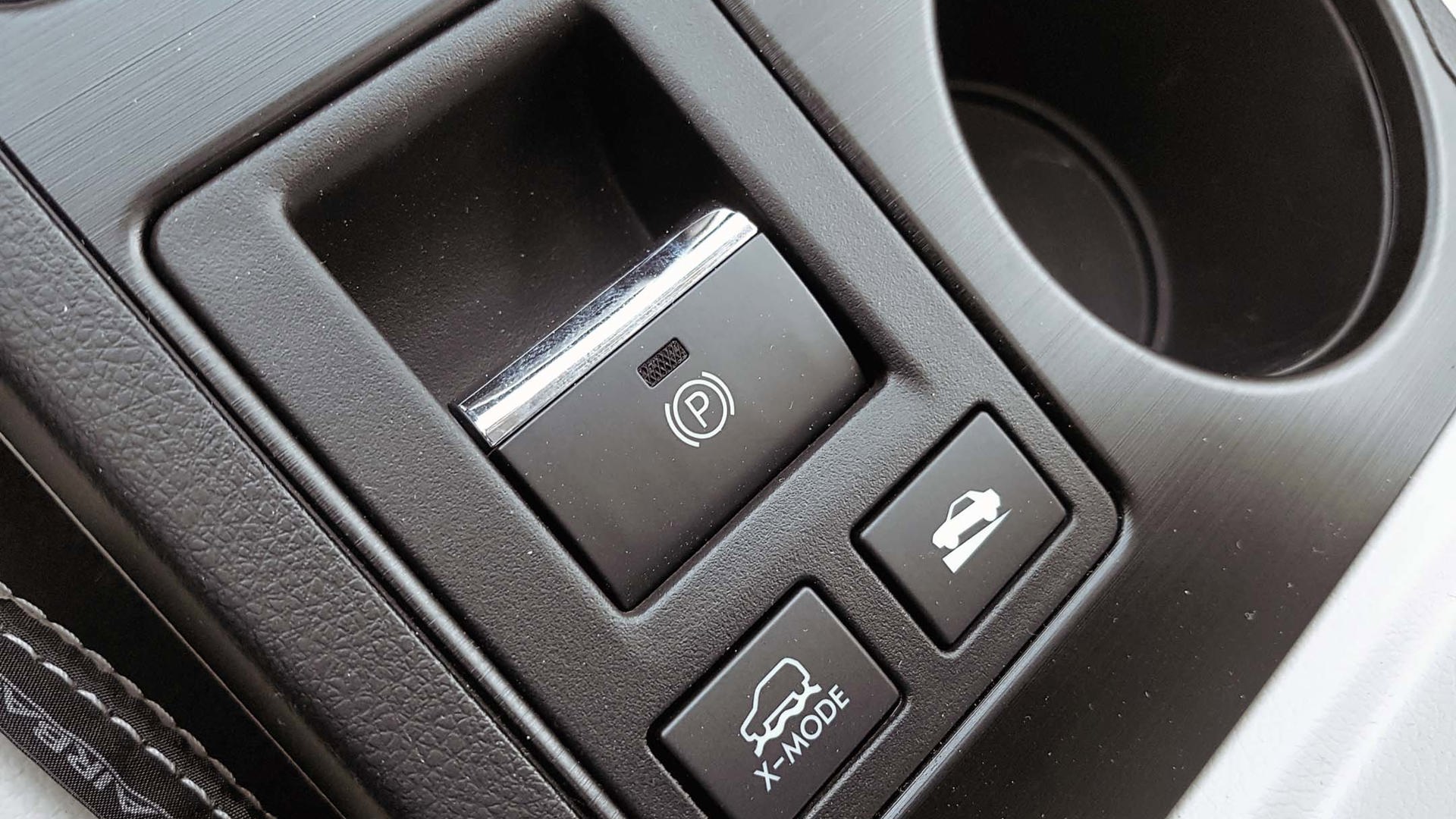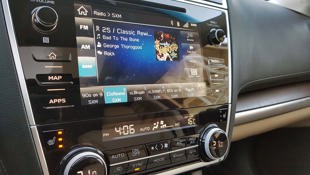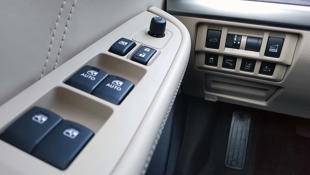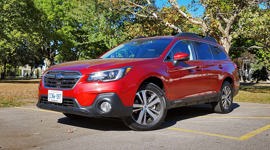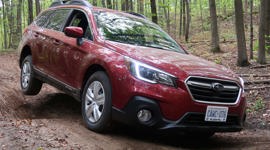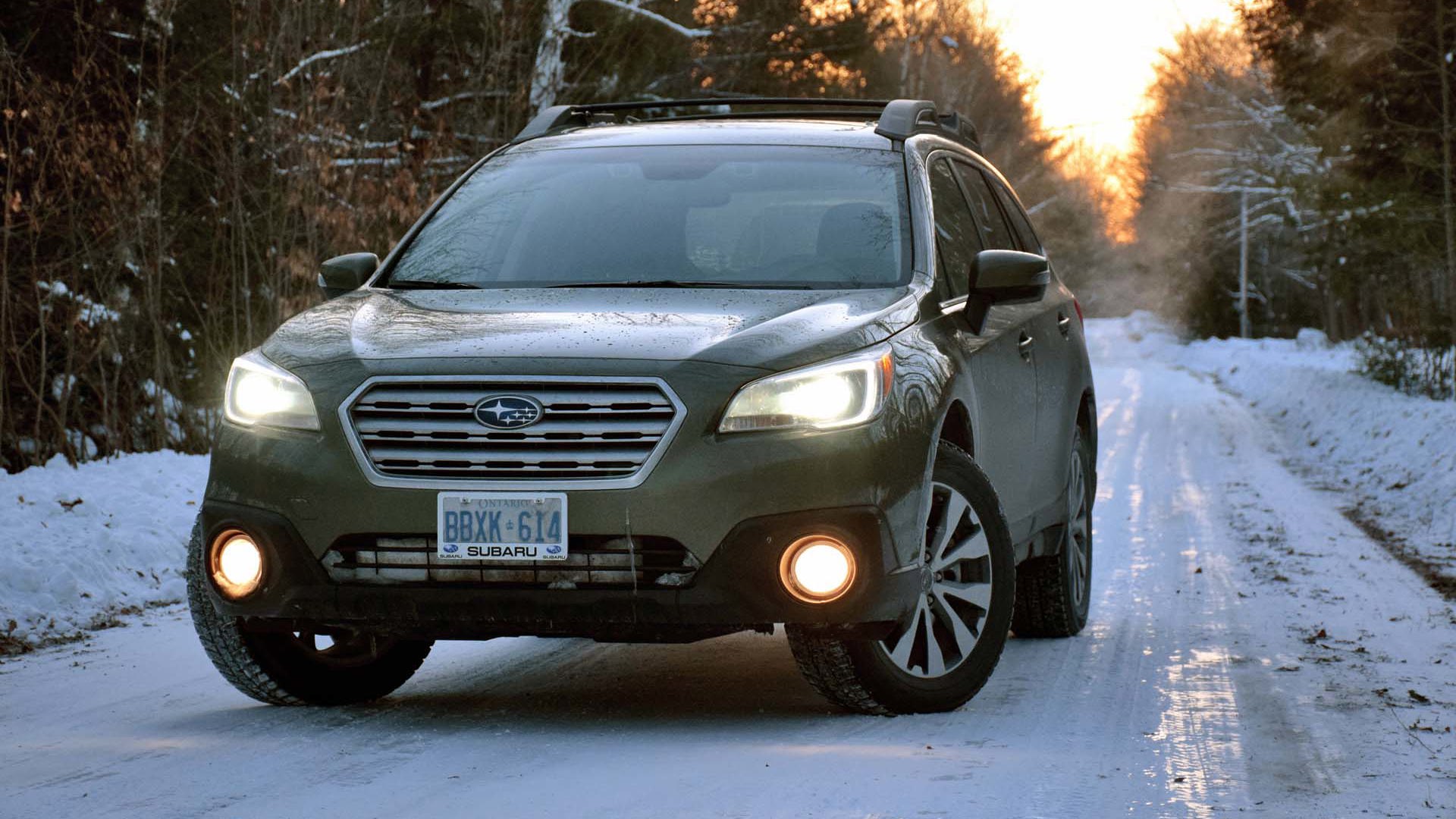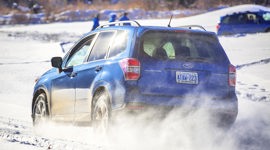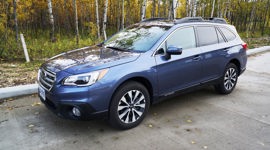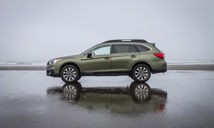Vehicle Type
Station wagon
With five seats and a relatively generous cargo hold with an easy-to-use load-in height, Outback was a popular choice for the shopper after space, versatility, and confidence in any weather.
History/Description
Details on the new-for-2015 Subaru Outback began hitting the web in mid-2014. This latest Outback offer the model’s highest-yet levels of refinement and comfort, an updated powertrain range with higher efficiency, tweaked safety systems, and new safety technologies.
All models were fitted with Subaru Symmetrical AWD as standard, and four or six-cylinder power was available. Numerous trim grades were available, and feature content included heated leather memory seats, navigation, push-button start, auto-dimming mirrors, Bluetooth, a sunroof, and more. A premium audio system could also be specified.
Safety-minded shoppers could also check out Blind Spot Detection, Lane Change Assist, Rear Cross Traffic Alert, steering-responsive fog lamps, and a standard backup camera system.
With five seats and a relatively generous cargo hold with an easy-to-use load-in height, Outback was a popular choice for the shopper after space, versatility, and confidence in any weather.
Engines
This generation Outback ran a 2.5 litre four-cylinder, good for 175 horsepower. The available 3.6 litre flat-six engine made due with 256 horsepower.
Transmission options included a six-speed manual (four-cylinder only), and a CVT transmission (optional on four-cylinder models, standard with the flat-six).
Numerous incremental tweaks to the Outback’s powertrains, body and aerodynamics helped improve fuel efficiency and responsiveness across the board.
What Owners Like
Owners tend to rate this generation Outback highly on all aspects of winter-driving confidence, space, car-like driving dynamics, and solid ride and handling characteristics. Many report a powerful heater that warms the cabin quickly. The AWD system is seamless and requires no driver attention to operate, and many owners took confidence from Outback’s high safety scores, too. Easy entry and exit were also noted.
What Owners Dislike
Common gripes included a dated look to some interior controls and interfaces, and some owners wish for a few more horsepower, and a few more miles per gallon, on most models.
Here are some owner reviews.
Pro Tip: Watch the windshield
If the Outback you’re considering has any damage to the windscreen, it may cause issues with the EyeSight safety system (if equipped), which relies on internal cameras having a clear view out the windscreen. Cracks or chips that impede the view of the cameras (which are mounted, outward facing, near the rearview mirror), may affect system operation. When required, replacing the windshield may require recalibration of the safety systems at a Subaru dealer, on the owner’s dime. Here’s some more reading. And some more. Ask a Subaru service advisor if you have any concerns.
Pro Tip: Check the CVT's maintenance log
Like all transmissions, the Outback’s Lineartronic CVT ‘automatic’ transmission (if equipped) needs occasional servicing, inspection and maintenance to keep it running properly, and to maintain its coverage under the vehicle’s warranty.
Take steps to ensure that the transmission isn’t overdue for a fluid change. The service schedule is in the owner’s manual, and most Canadian drivers should be following the ‘severe use’ schedule. If the transmission has had any maintenance or inspections skipped or stretched, its warranty may be compromised.
Ensure that all prior fluid changes were carried out in a Subaru dealer setting for maximum peace of mind. If a DYI or lube-shop transmission fluid change has been performed, remember that failure to use the proper type of Subaru-branded CVT fluid will likely void the transmission’s warranty. The nutshell? To avoid problems, ensure that all CVT servicing is up to date, and that all previous servicing has been carried out by a Subaru dealer.
The Test Drive
Central Head Unit
Here’s a very lengthy discussion where Outback owners discuss touch-screen head units that act up, freeze, lag, crash, fail to activate, or otherwise perform poorly. Be sure to try the head unit in the Outback you’re considering by using all functions, and playing media from all available sources. Sometimes, an incompatible data cable can cause problems. If the unit acts up during your test drive or later during ownership, be sure to have a dealer investigate. Note that some owners report issues centred around certain apps or functionalities, and that most report that power-cycling the unit has little effect on remedying the problem.
The likely fix is a hard reset, or a dealer-installed software update. If neither is successful, the head unit may need to be replaced. Do NOT attempt to remedy issues here by disconnecting and reconnecting the vehicle battery, as this can cause other problems. Here’s some more reading.
Check for Rust
As the used Outback you're considering has likely been subjected to plenty of wintertime driving in harsh conditions, a comprehensive check for rust is advised. A used Outback that’s been regularly undercoated is ideal for long-term peace of mind. Check the vehicle’s vulnerable areas — including the rocker panels (beneath the plastic moulding at the bottom edge of the vehicle), the lower, inner edges of the hood and tailgate, the lower, inner edges of all doors, and the area where the rear quarter panels meets the bumper, above the rear wheels. Rust can be sneaky, so look for it carefully. Call any signs of corrosion into your pricing negotiations.
All Electronics
The Bluetooth, climate control system, all steering-wheel mounted controls, all motorized seat controls, all windows and locks, the power tailgate, and the Bluetooth system should all be scrutinized for proper operation. Owner reports are fairly sporadic, though issues have been reported (albeit relatively rarely) in all areas listed above. Now’s the time to find out if the Outback you’re considering has any non-functional systems.
Note, further, that the illumination of multiple warning messages and lights in the instrument cluster (including Check Engine, ABS, Traction Control, Cruise Control etc.) could be caused by a single bad sensor. A dealer can quickly use diagnostic equipment to pinpoint the problem, if detected. Though the numerous warning lights look dramatic, the issue could be something as minor as a faulty brake pedal switch.
Battery and Charging System
This is common across many newer vehicles, and based on discussions in this thread, Outback shoppers are advised to replace the factory-equipment battery at any sign of trouble. Many owners say they just don’t build OEM batteries like they used to, and some have experienced surprise dead batteries, or the need to replace the factory battery, even after just a few years. As a weak battery can cause a plethora of problems across various electronic systems, be sure to have the battery in your new-to-you Outback inspected and replaced, if needed, at the first sign of trouble. Note that strange, sporadic or inconsistent malfunctions or errors from various systems are often a telltale sign of a weak or dying battery.
Beware Past Owner Habits
Here’s a discussion where owners debate whether or not their Outback ‘actually’ needs to be serviced at the intervals outlined in the owner’s manual.
Note that skipping factory prescribed maintenance will tend to void applicable warranty coverage, so avoid buying a model from a seller who has considered any of the Outback’s maintenance to be optional. Check all service records to be sure the Outback you’re after has been properly maintained, to help ensure any remaining warranty coverage (if applicable) remains in effect.
Oil Consumption
Though it seems like well-documented issues with excessive oil consumption in earlier versions of the Outback’s 2.5 litre four-cylinder have been remedied for this generation, shoppers are still advised to religiously check and adjust their engine oil levels, to stick strictly to the oil change schedule, to ensure that oil changes are performed only using factory-approved oil and filters. And to report any signs of excessive oil consumption to their dealer, for documentation, as early as possible. Here’s some more reading.
Lift Kits
Some Subaru Outback owners install aftermarket ‘lift kits’ to add ground clearance to the vehicle, and to enhance its looks. This can, in some cases, cause problems with driveability, refinement, and handling. Further, lift kits can, in some cases, cause accelerated wear to other vehicle component. The average shopper is best to buy a used Outback that’s running factory suspension.
Verdict
Used Outback shoppers can expect a relatively worry-free ownership experience after confirming all maintenance is up to date, checking for proper oil level and condition, confirming that the battery is healthy, and confirming that the windshield is not cracked or chipped. Buy confidently, after confirming that all on-board electronics (and especially the central touch-screen interface) are in proper working order, and plan to monitor oil consumption religiously during ownership, for maximum peace of mind.
Safety Ratings
IIHS: Top Safety Pick+ (2015)
NHTSA: 5/5 Stars (2015)
